Menu
When it comes to telltale signs of aging, few features are more prominent than crow’s feet—the fine lines that fan out from the corners of the eyes. Often referred to as “laugh lines” or “character lines,” crow’s feet are a natural result of expressive movement, sun exposure, and the skin’s gradual loss of collagen and elasticity. Thankfully, modern cosmetic treatments offer excellent minimally invasive options to soften or even erase these lines. Among the most popular and effective solutions are Botox and Dysport, two FDA-approved neuromodulators that relax the muscles responsible for creating these wrinkles.
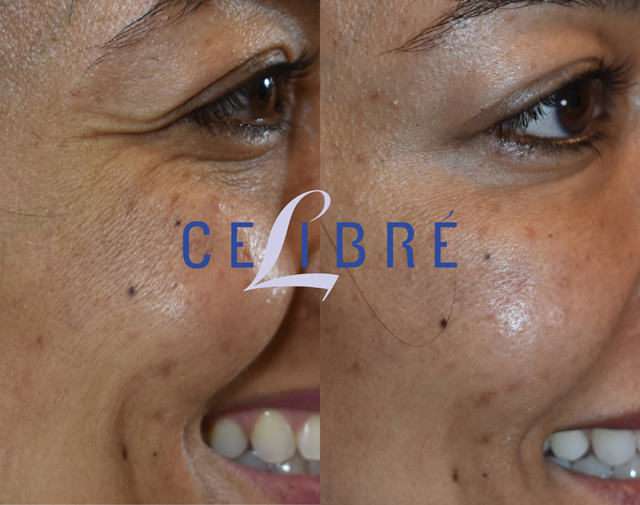

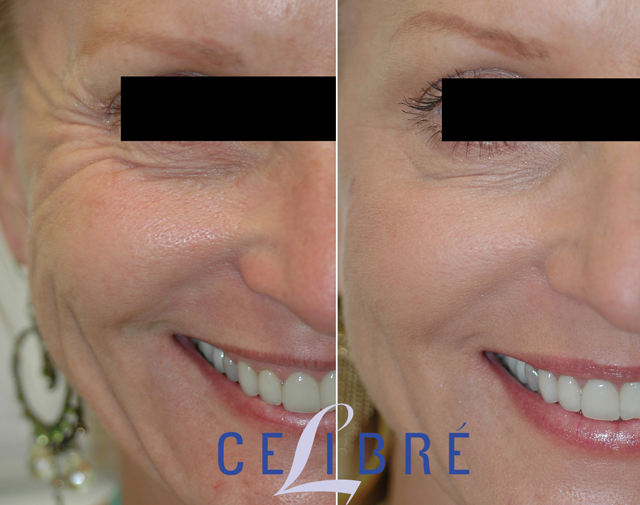
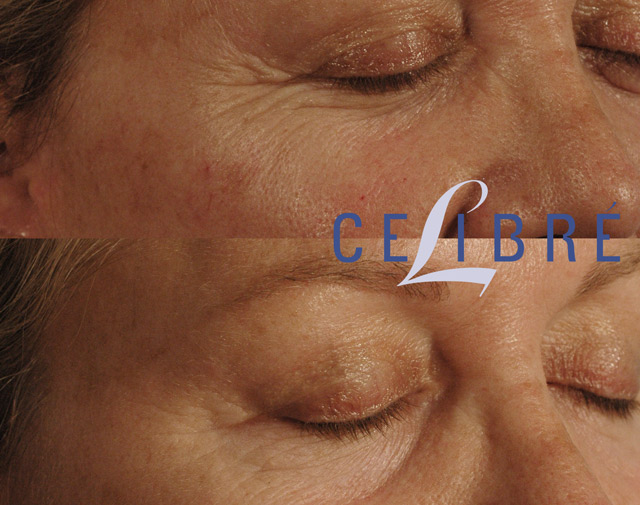
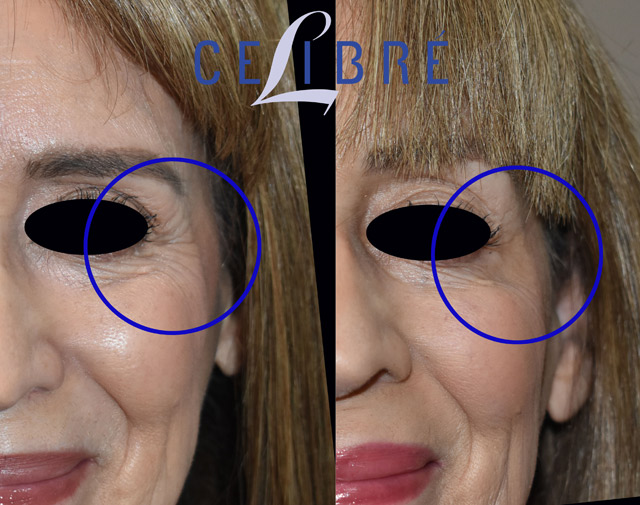
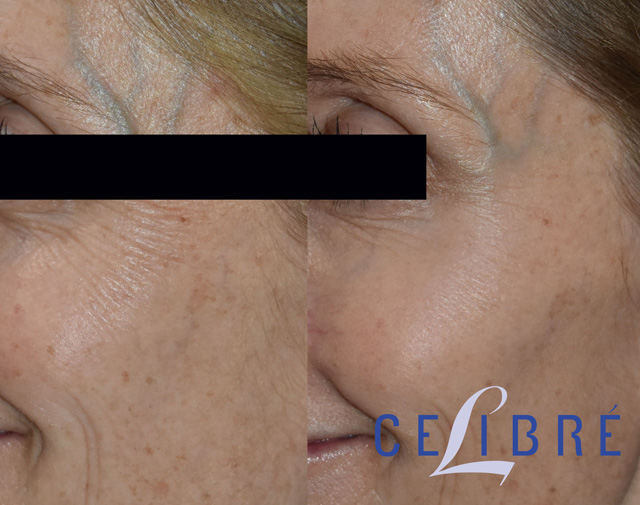






Crow’s feet form when we squint, smile, or laugh. Over time, these repetitive facial movements etch lines into the skin, especially in the delicate area just outside the corner of the eyes, where the skin is thinnest. As we age, our natural production of collagen, elastin, and hyaluronic acid slows down, which reduces the skin’s ability to bounce back from these expressions. What were once fleeting lines during a smile become static wrinkles, visible even when the face is at rest.
Botox (onabotulinumtoxinA) and Dysport (abobotulinumtoxinA) are both forms of botulinum toxin type A, a neurotoxic protein produced by the bacterium Clostridium botulinum. In controlled, diluted doses, botulinum toxin is used therapeutically and cosmetically to temporarily relax muscles. Both Botox and Dysport are FDA-approved for treating moderate to severe wrinkles, including glabellar lines (frown lines between the eyebrows), forehead lines, and crow’s feet.
When injected into the orbicularis oculi muscle—the ring of muscle surrounding the eye—Botox or Dysport temporarily blocks nerve signals that tell the muscle to contract. By relaxing this muscle, the skin around the eyes stays smoother and lines soften, even when smiling or squinting. This gives the eyes a more refreshed, youthful appearance without altering your natural facial expressions.
Treating crow’s feet with Botox or Dysport is a quick, in-office procedure, typically lasting 10 to 20 minutes. Here is a step-by-step breakdown:
The onset and duration of results vary slightly between Botox and Dysport:
Because Dysport has a smaller protein molecule, it tends to spread a bit more than Botox, which can be beneficial when treating a wider area like crow’s feet. However, this also means that precision is key—too much spread can affect nearby muscles, potentially leading to unintended effects.
| Feature | Botox | Dysport |
| Molecule Size | Larger proteins | Smaller proteins |
| Diffusion | More localized | Slightly broader spread |
| Onset | 3–5 days | 2–3 days |
| Duration | 3–4 months | 3–5 months |
| FDA Approval | Yes (for crow’s feet in 2013) | Off-label for crow’s feet |
While Botox is FDA-approved specifically for crow’s feet, Dysport is often used “off-label” for this area with remarkable success. The choice between the two often comes down to injector experience, patient preference, and individual response.
Both Botox and Dysport have been used for decades and are very safe when administered by a qualified provider. However, as with any injection, there can be side effects:
Common side effects include:
These side effects are temporary and typically resolve within a few weeks.
Ideal candidates for Botox or Dysport to treat crow’s feet include:
If the lines are very deep and present even when the face is at rest, combining Botox or Dysport with dermal fillers and laser resurfacing may be recommended for more comprehensive rejuvenation.
Most patients choose to repeat their Botox or Dysport treatments every 3 to 4 months to maintain a smooth, youthful look. Interestingly, consistent use over time can result in less pronounced wrinkles even when the product wears off, because the muscle becomes conditioned to relax. This makes crow’s feet less likely to deepen further, offering a form of preventative aging care.
Crow’s feet are a natural part of aging, but that does not mean you have to live with them if they bother you. Botox and Dysport are safe, effective, and popular solutions that help restore a smoother, more youthful appearance around the eyes—with minimal downtime and natural-looking results. Whether you are preparing for a big event, looking for a confidence boost, or simply interested in graceful aging, these injectable treatments may be the perfect way to put your best face forward.
Always consult with an experienced aesthetic injector to determine which option is right for your facial anatomy and cosmetic goals.
